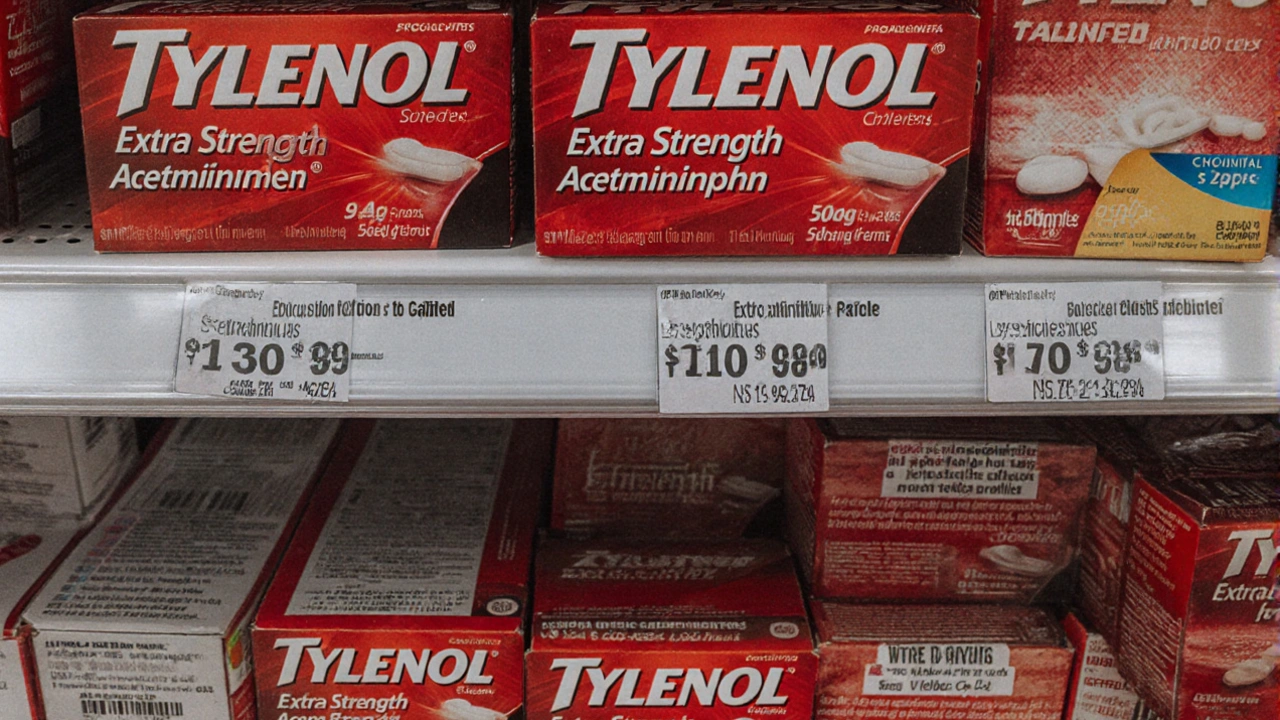FDA Warning Updates – Stay Ahead of Health Alerts
Every time the Food and Drug Administration (FDA) puts out a warning, it’s a signal that something on the market could affect your health. Whether it’s a recall of a popular over‑the‑counter medication, a new safety notice on a prescription drug, or a warning about a food additive, the impact is real and often immediate. In this article we’ll break down what FDA warnings are, why they matter to you, and the simplest ways to keep on top of them without getting lost in legal jargon.
Why FDA Warnings Matter
The FDA’s job is to protect public health, and its warnings are the front line of that mission. A warning can mean a product was found to contain an undisclosed ingredient, a dosage error that could cause severe side effects, or a manufacturing flaw that compromises safety. Take the recent controversy surrounding Tylenol, where a political figure’s blanket claim triggered a federal lawsuit and highlighted how quickly misinformation can spread. The case showed that even well‑known brands can become the subject of urgent alerts, and that consumers need reliable, up‑to‑date information to make safe choices.
Beyond medicines, FDA warnings also cover food, cosmetics, and medical devices. A sudden recall of a popular supplement, for example, might be tied to contamination with harmful substances. Ignoring such notices can lead to unnecessary health risks, while acting on them early can prevent costly medical visits. In short, each warning is a piece of a larger safety net designed to keep everyday items safe for you and your family.
How to Keep Informed
The good news is you don’t have to become a regulatory expert to stay safe. Start by subscribing to the FDA’s own email alerts – they send concise headlines and links to the full notice. Many news sites, including our own Desert Rose Daily, tag these stories under “FDA warning,” making it easy to spot the latest updates while you browse other African news. Linking the tag to real‑world examples, like the Tylenol claim or recent drug label changes, helps you see the relevance in everyday life.
Social media can also be a useful tool. Follow the FDA’s official accounts on Twitter and Facebook; they post real‑time updates, often with short videos that explain the issue in plain language. If you prefer a more curated approach, set up a Google Alert for “FDA warning” and receive a daily digest of new articles, press releases, and blog posts.
Finally, pay attention to the products you use regularly. Check the packaging for any recall stickers or batch numbers that match those listed in official notices. When you hear about a warning on a specific brand, take a moment to verify it on the FDA’s website or through a trusted news outlet before deciding whether to keep or discard the product.
Staying on top of FDA warnings doesn’t have to be a chore. By using a few simple tools – email alerts, social media follows, and occasional product checks – you can protect your health without spending hours reading legal documents. Keep an eye on our tag page for the latest stories, and you’ll always have the most current, reliable information at your fingertips.

